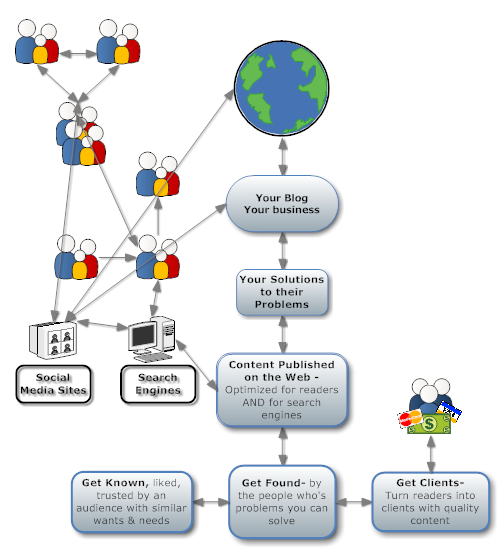(Vacation time, so here’s another guest post, this one by Susan Long, freelance marketing consultant.)
If you’re writing your blog for more than just fun, you’ve probably thought about how you can make some money from it. There’s plenty of ways you can make cash from your writing, and you might not have thought of some of them before.
1) Putting ads on your blog
This is the most obvious way to make money blogging. You can sign up for Google Ads and Adbrite, which are two of the most well-known. The best thing about Google Ads and Adbrite is that you don’t have to have lots of readers to put their ads on your site. If you’re just starting out blogging one of these is the best way to start. You can also sell links in your articles with companies like TNX.net or Text Link Ads.
Once you’ve got more readers – say maybe once you’re getting a thousand hits a week – you can think about approaching bigger ad networks like Chitika and putting more “mainstream” ads on your blog.
And if you have a specialist or local blog, remember you can approach relevant businesses directly and ask them to advertise. For instance if you write a blog about soccer in your country, you could ask sports stores in your city if they want to advertise
2) Putting ads in your RSS feed
If you use Feedburner to optimise your RSS feed (and if you aren’t, why not?), you can easily put ads in the RSS feed of your blog, so people who read your blog through RSS will see ads.
3) Pay-per-post Read More→












